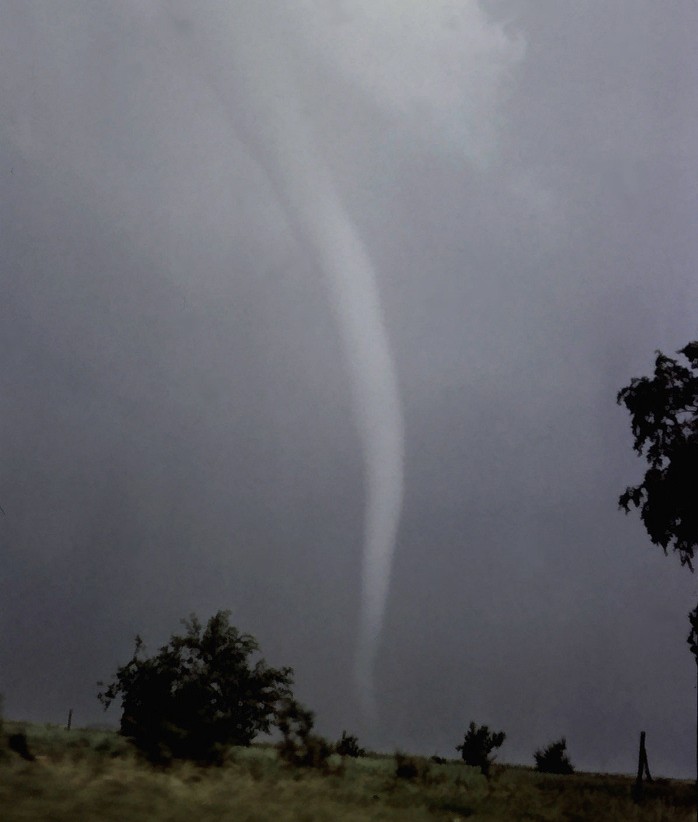1 May 2012
Using science to disarm disaster
Posted by kramsayer

At a natural hazards session during AGU's Science Policy Conference, officials discussed the need for natural disaster preparedness, and early warning systems. (Credit: NOAA)
When it comes to natural hazards, early warnings and preparedness are key, federal and local government officials stressed at the American Geophysical Union’s inaugural Science Policy Conference in Washington, DC, Tuesday.
Marcia McNutt, director of the U.S. Geological Survey, spoke at a session on improving public safety. She told the scientists and policy makers in the audience about the agency’s latest efforts to quickly detect earthquakes – and even warn of their arrival. One program in the very early stages in California would alert communities and businesses in the southern part of the state seconds before the ground starts shaking from a quake centered in Northern California, she said. A USGS scientist is working on a way to use people’s home computers to detect shaking, creating a vast, makeshift collection of seismic sensors called the “Quake-Catcher Network.” In another effort, McNutt added, damage projections directly after a quake are modified based on the reports of people who log onto the agency’s “Did You Feel It?” website.
“We’re using social media, and calling upon people’s innate interest in natural events, to have people be a sensor network for us, for any kind of natural hazard,” McNutt said.
In Florida, where climate change is already proving hazardous for the highly populated peninsula, four counties have banded on planning how to fight it, said Kristin Jacobs, a county commissioner with Florida’s Broward County and another session speaker.
“We really are seeing first-hand what’s happening,” she said, showing pictures of a yard which flooded with saltwater that had backed up through the storm drains after a high tide. “It’s really scary.”
There’s not enough money to solve all the problems, Jacobs said, and so governments – like the Florida counties – need to work together to tackle the problems.
“Most people take the Scarlett O’Hara approach to life: ‘I’ll think about that tomorrow,’” Jacobs said. “But government’s responsibility is to plan and be ready. We should be the Boy and Girl Scouts.”
One challenge in disaster preparation, said Timothy Manning, FEMA’s Deputy Administrator for Protection and National Preparedness, is that although experts think they understand what is possible, records are often broken.
“Our written record in the U.S. only goes back about 100 years,” he said. “On a 4.5 billion-year-old planet, that’s not a very good sample size.”
Natural disasters, as well as those caused by engineering failures, continue to exceed officials’ expectations, he said. Recent advances in areas such as tornado warnings, hurricane tracking maps, and more are helping lessen harm done from those threats. Manning asked the scientists in the audience to keep investigating new and improved ways to warn of natural hazards.
“Good science leads to lives saved,” Manning said. “So the more work that we do in that regard, the better off we all are.”
-Kate Ramsayer, AGU science writer


 GeoSpace is a blog on Earth and space science, managed by AGU’s Public Information staff. The blog features posts by AGU writers and guest contributors on all sorts of relevant science topics, but with a focus on new research and geo and space sciences-related stories that are currently in the news.
GeoSpace is a blog on Earth and space science, managed by AGU’s Public Information staff. The blog features posts by AGU writers and guest contributors on all sorts of relevant science topics, but with a focus on new research and geo and space sciences-related stories that are currently in the news.